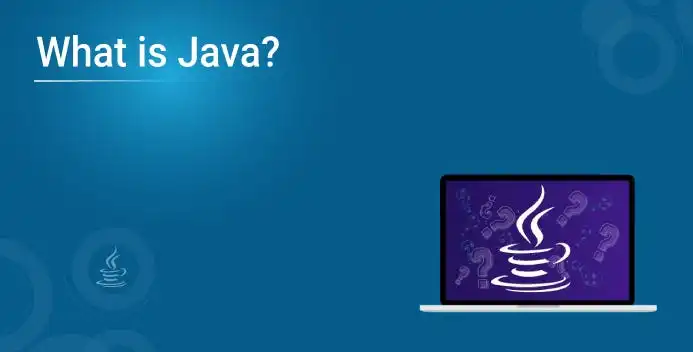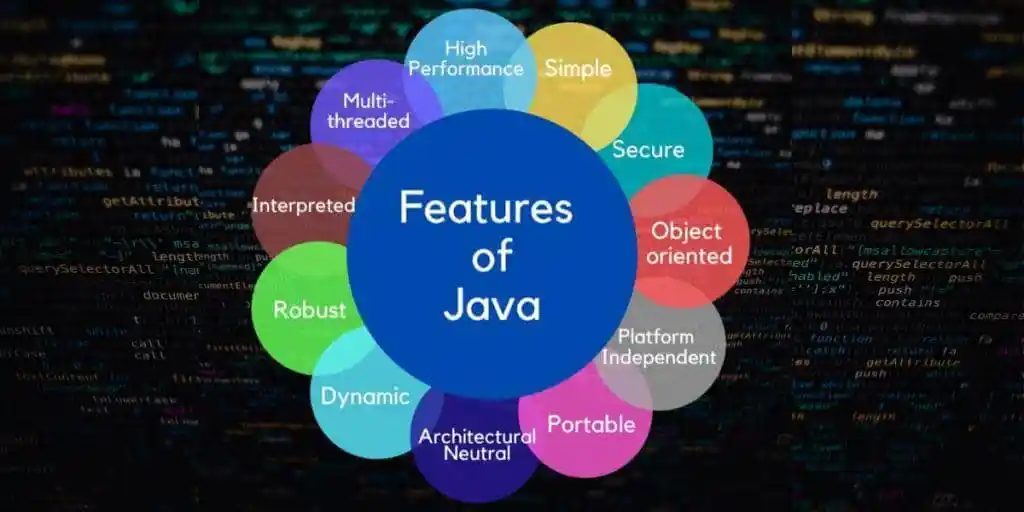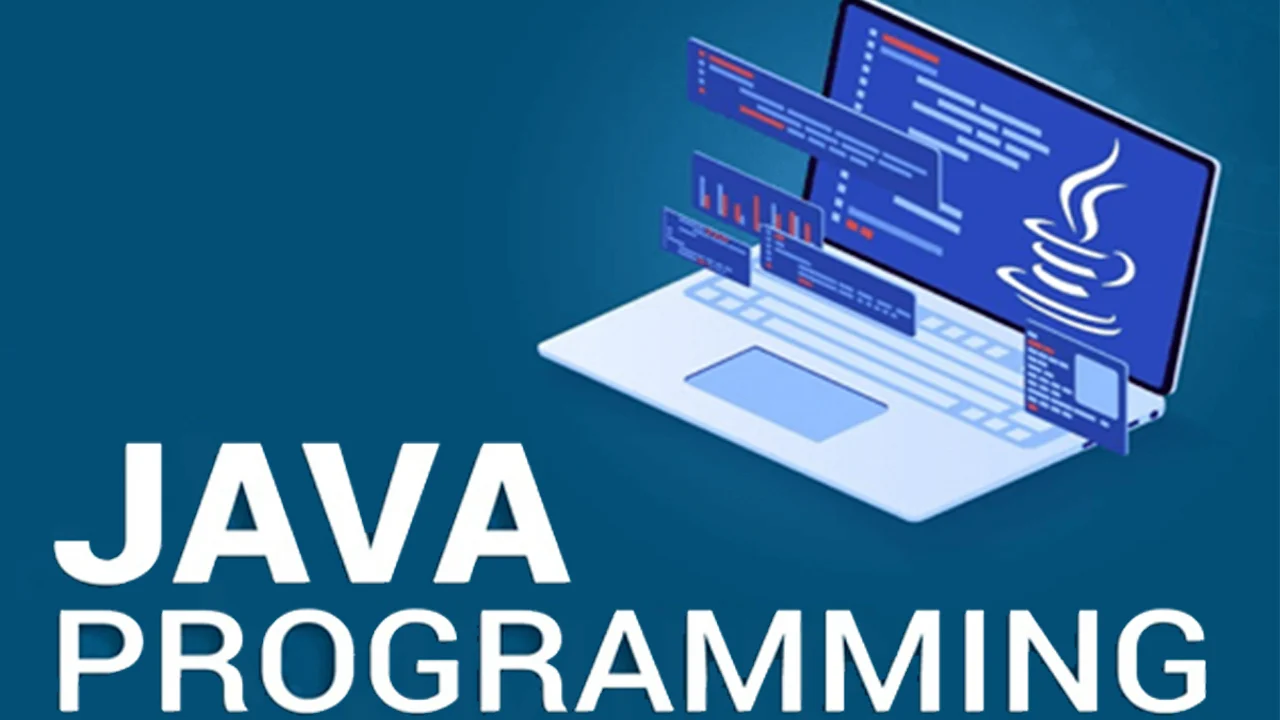What Is Java? – Java Programming Language Explained
Java is an object-oriented programming language that runs on billions of devices worldwide. It drives software for businesses, mobile platforms, and several widely recognized programs. Although it was created more than 20 years ago, Java has become one of the most widely used programming languages among app developers. Java is a programming language with principles and syntax derived from C and C++.
One significant advantage of creating applications with Java is its ability to be portable. It is fairly simple to port Java code from a personal computer to a smartphone or tablet. When James Gosling of Sun Microsystems (later bought by Oracle) created the Java programming language in 1991, the main objective was for it to be a language that could “write once, execute anywhere.
In this article, we will look at what exactly Java is, its roots, and the industries that make use of it. In the end, we will take a look at where a beginner may begin learning the Java programming language.
What Is Java?
Java is a programming language that may be used to create software that is accessible on a wide range of operating systems. It is a two-phase programming language, which means that it has both an interpreted and a compiled version. It differs from the majority of other programming languages in that it does not generate executable files directly.

In Java, the program is initially compiled and then converted into a binary format known as Java Byte Code (JBC). The JBC is then compiled into a native language and interpreted to run successfully in the target environment. Developers benefit from this contrasting behavior since it allows them to write once and then execute anywhere. Read out the blog to learn more about Five Reasons Why Java Is Still The Preferred Language For Developers
History Of Java
When James Gosling and his colleagues at Sun Microsystems started working on developing the language in 1991, Java was born. Soon after, the crew shifted its attention to creating a programming language for the specific sector known as the World Wide Web (WWW). In 1995, Java was made available to the general public for use in a variety of applications, including web development and computer programming.
Java was initially developed as a technology for integrating devices, such as putting office equipment on a network and making interactive television. However, the decision to use Java for the Internet took a heel turn, which resulted in Java overtaking C++ as the top programming language for the Internet.
Later on, Java’s focus shifted significantly from being mainly on the internet to various other fields of interest. Java is widely used and has penetrated a number of sectors. Java is being used to program complicated technologies, including AI programming for robots and mobile applications.
Types Of Java Platforms
Java Programming Language Platforms Are Classified Into Four Categories:
1. Standard Edition (Java SE): The Java SE API provides the basic features of the Java programming language. In general, it defines all the bases of types and objects that are used for high-level classes. It is utilized for graphical user interface (GUI) development, networking, database access, and security.
2. Enterprise Edition (Java EE): The Java EE platform provides an API and operating environment for creating and utilizing extremely scalable, massive, multi-tiered, credible, and secure network-based applications.
3. Micro Edition (Java ME): The Java ME platform provides an API and a kind of virtual machine with minimal space that can run Java programs on portable devices like mobile phones.
4. Java FX: JavaFX is a platform for creating sophisticated online applications that make use of a simple user interface API. As a result, JavaFX is capable of managing high-performance clients and connecting to networked data sources using hardware-accelerated graphics and media engines.
Primary Features Of Java
Here is a list of the key features that make Java an efficient and prevalent programming language.
Simple And Familiar: Java is a simple language because it contains many features from other languages, like C and C++, and Java removes complexity by not utilizing pointers, storage classes, or go-to statements. Thus, whether you are a beginner or an experienced professional, you can learn Java Programming easily. There are many software training institutes, like Infycle in Chennai, where you can learn Java.
Secure: Security was a priority when Java was being developed. Due to the fact that Java is designed to be used in networked environments, it incorporates a number of security features to guard you against malicious software that might attempt to access your file system.

A Java application cannot access memory locations without proper authorization because pointers are not available. As the memory allocation and referencing model is completely opaque to the programmer, it is entirely controlled by the run-time platform.
Portable: The ability to run Java code created on one machine on another is known as portability. Java is portable because of its platform-independent characteristic, which enables the interpretation of its binary code on any platform.
High Performance: The architecture of Java is designed to minimize runtime overhead, and it occasionally uses a Just In Time (JIT) compiler, which only compiles the methods that are actually called, allowing applications to run more quickly.
Dynamic Flexibility: Because Java is entirely object-oriented, we have the freedom to add classes, modify the methods of current classes, and even build new classes by extending existing ones. Java even allows native processes, which are functions created in languages other than Java, such as C and C++.
Power Of Compilation And Interpretation: The majority of languages are created with the intention of being either compiled or interpreted. But because the compiler used by Java converts source code to binary code and the Java Virtual Machine runs this binary code into machine OS-dependent executable code, Java incorporates immense power.
Where Is Java used?
Java’s tremendous popularity comes from its platform independence characteristics. Regardless of the platform on which Java is installed, including Windows, Linux, or Unix, a Macintosh computer, a smartphone, or a mainframe computer, it requires the installation of a Java Runtime Environment (JRE). Here are a few areas where Java is often used.
Mobile Applications: The majority of Android applications either use the Java API or are developed in Java, leading to the perception that Java is the standard programming language for creating mobile applications.
Web-Based Applications: A wide variety of user-friendly websites and web-based applications may be seen in the insurance, educational, social security, and medical sectors. Java is frequently used to create these types of applications.

Artificial Intelligence: Software with artificial intelligence can handle intricate automated computations. There are several businesses that use AI software, including finance, banking, and other smart devices.
Big Data: The big data sector tracks and reports data for a variety of purposes. To keep track of people, contacts, services, revenues, and more, many businesses employ data analytics. Java also makes it simple to develop visuals that depict this data in a manner that is easy to read and integrate. This benefit is ideal for big data because of how effective it is in streamlining the tasks of dealing with a lot of data.
Financial And Retail Services: Java is used to create financial transactions and billing systems, as well as applications that run on servers.
Where Can You Learn Java?
There are numerous sources available for beginners to learn Java because it has been around for a while. Without ever studying C or C++, you are able to learn Java. Without any prior expertise, learning Java programming is easy, but you’ll need good guidance along with access to the best resources to fully understand each concept.
There are many Books, comprehensive guides, and various courses, like Java Training in Chennai, for developers as they progress over the learning curve. Additionally, new programmers can begin developing code in Basic Java before switching to Advanced Java.
Conclusion
You now have the fundamental knowledge of the Java programming language that you require. Finally, you are aware of how it is compiled, the sectors in which it is employed, and some of its distinguishing characteristics. You may now begin learning it in depth. To learn more about Java programming, get in touch with Infycle Technologies.





